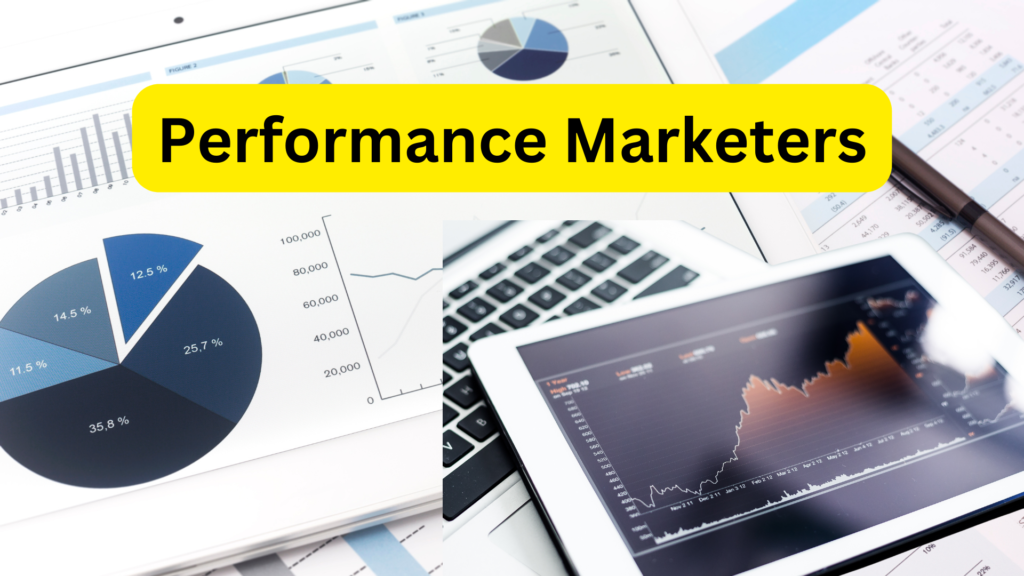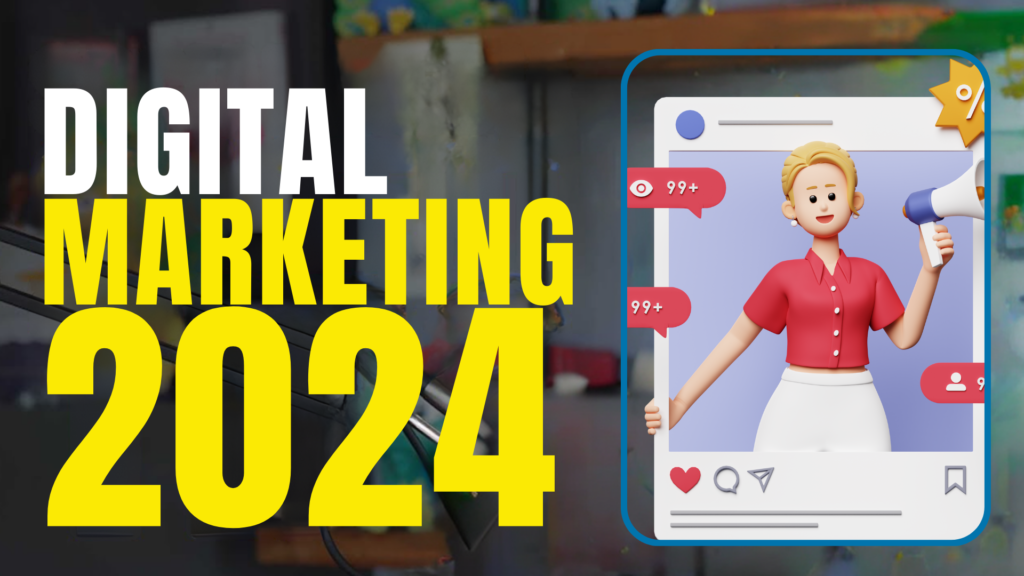Understanding Performance Marketers
Understanding Performance Marketers In this blog, we are going to discuss who performance marketers are and what characteristics they possess. Who are Performance Marketers? Performance marketers are those who have a significant amount of experience in their field. This experience is not something that can be gained overnight or within a few months. It requires time and patience to become a better performance marketer. Characteristics of Performance Marketers The first point to understand is that performance marketers have a sound understanding of business. They understand the key pieces of a business, they are skilled in market research, and they have a good understanding of their target group, which we often refer to as our audience. Performance marketers also have a sound knowledge of tools like Google and Facebook Ads. However, these skills are not built overnight. Even if you have completed a course of two or three months or even six months, it does not mean that you have become a performance marketer. You will only be able to call yourself a performance marketer when you have experience in all these areas and can use them collectively to drive growth for a business. Connecting the Dots in the Ecosystem Performance marketers are not just focused on one platform. They focus on all the opportunities available and interlink them to maximize the performance of the ecosystem. The result, whether it’s leads or conversions, is achieved by using the entire ecosystem to its full potential. Focus on Collective Results Performance marketers do not focus on individual campaigns. Instead, they always look at the collective results. For example, let’s say we ran 15 campaigns on Facebook in a month. A performance marketer would not just look at what happened each day, how many leads were generated, or what the cost per lead was. They would look at the collective result of all 15 campaigns over the month. Importance of Data Sources Data sources are also very important for performance marketers. They believe in data and make data-driven decisions. For example, if you have a website and you find that there are no blogs on the website, you are missing out on a very important potential. By creating blogs, you can rank for various keywords and generate a lot of traffic to your website. Based on the interaction of the traffic on your website, you can create audiences and market them through different platforms. In conclusion, performance marketers connect the dots in the ecosystem, focus on collective results, and understand the importance of data sources. They use all these strategies to drive growth for a business. Resource Allocation and Reporting Skills Performance marketers have excellent skills in budget allocation. They know how much to invest in different platforms like Facebook and Google Ads. This understanding comes from their experience and the data they have collected over time. Data-Driven Decisions Performance marketers believe in data. They make data-driven decisions. They understand the importance of having multiple data sources and they know how to develop these sources. They understand what the data is telling them about their key metrics and where their focus should be. Reporting Skills Performance marketers are strong in reporting skills. They can understand data, interpret it, and prepare reports based on it. They can identify the sources of data and understand what the data is telling them. In conclusion, performance marketers focus on collective results, understand the importance of data sources, and have strong reporting skills. They use all these strategies to drive growth for a business. Performance Marketing is a digital marketing strategy where advertisers pay only when specific actions are achieved. These actions can include clicks, leads, sales, or other desired customer behaviors. It’s a cost-effective approach that allows for real-time tracking, targeted reach, and data-driven decision-making. To become a performance marketer, you can follow these steps: Learn the Basics: Understand the fundamentals of digital marketing, including SEO, SEM, email marketing, content marketing, and especially performance marketing. Acquire Technical Skills: Familiarize yourself with various digital marketing tools and platforms like Google Ads, Facebook Ads, and analytics tools. Get Certified: Many online courses offer certifications in digital and performance marketing. These can help validate your skills and knowledge. Gain Experience: Practical experience is crucial. Seek internships or entry-level positions in digital marketing to gain hands-on experience. Stay Updated: The digital marketing landscape is always evolving. Stay updated with the latest trends, tools, and best practices. Benefits of Performance Marketing: Measurable ROI: Performance marketing allows for real-time tracking of campaign performance. This enables marketers to measure the return on investment (ROI) accurately. Cost-Efficiency: Since you only pay when a specific action is completed (like a click, lead, or sale), it can be a more cost-effective way to reach your marketing goals. Targeted Reach: Performance marketing campaigns can be highly targeted to reach specific audiences, increasing the likelihood of conversions. Flexibility and Adaptability: Performance marketing campaigns can be adjusted in real time based on their performance, allowing for optimization and improvement. Data-Driven Decision Making: Performance marketing is heavily reliant on data, enabling marketers to make informed, data-driven decisions. Scalability: As performance marketing is results-based, it allows businesses to scale their efforts in line with the success of their campaigns. Measuring the Success of a Performance Marketing Campaign: Choose an Attainable Goal: Start by setting a clear, achievable goal for your campaign. This could be increasing website traffic, generating leads, boosting sales, or promoting brand awareness. Set a time frame: Define a specific period during which you will track and analyze the performance of your campaign. Determine Metrics: Decide on the key performance indicators (KPIs) that align with your campaign goal. These could include metrics like click-through rates, conversion rates, cost per action, etc. Create a Reporting Template: Develop a template or dashboard where you can track and visualize your KPIs. Collect and Analyze Data: Use analytics tools to collect data and analyze your campaign’s performance against your KPIs. This will help you understand whether your campaign is successful and where improvements can
Understanding Performance Marketers Read More »




